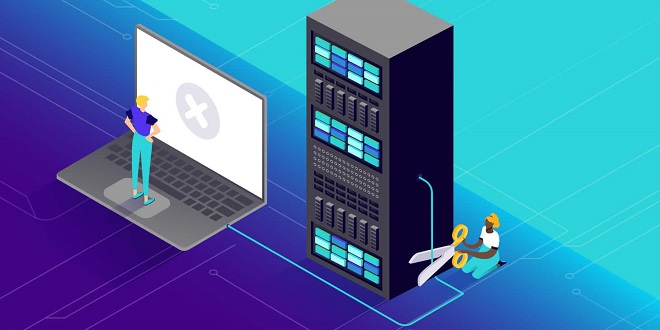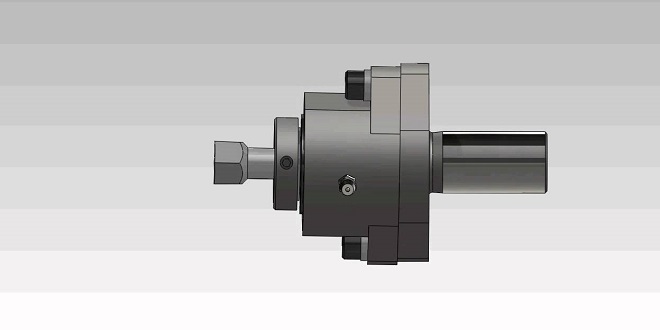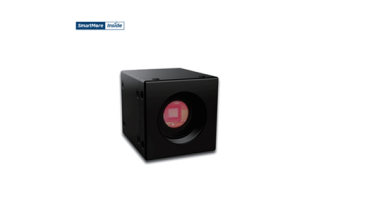8 Things You Need to Know About Securing DNS

One of the most important protocols on the Internet is the Domain Name System (DNS). It provides a lookup service that converts domain names into IP addresses (e.g., google.com with 192.168.0.0).
The Domain Name System (DNS) is the foundation of all networked communication. Hackers love DNS software and this can cause security problems. This article will cover 10 aspects of DNS security, including the vendor that secures DNS.
1. Enable DNS Logging
DNS logs are the best way to keep track of DNS activity. The logs will notify you if someone is trying to alter your DNS servers. You can also see debug logs if there are any problems with DNS queries and updates.
2. Secure DNS Cache
DNS locates the query sent by a client and saves it in its cache. This allows the server respond to queries faster. An attacker can exploit this functionality by altering the stored information.
3. Use DNS advertisers
DNS advertiser refers to a DNS server that responds to queries for domains it is the authoritative DNS servers. Your public DNS server will have DNS zone files for these domains if you make available publicly accessible resources such as corp.com or domain.com.
DNS advertiser is different from other DNS servers that keep DNS zone files. It only responds to domain-specific queries. The DNS server won’t recurse for queries to other DNS servers. This prevents users from using your public DNS server to resolve names in other domains. This increases security and reduces the risk of cache poisoning associated with running a public DNS server.
4. DNSSEC Validates DNS Data Integrity
Domain Name System Security Extensions, (DNSSEC) ensure that clients receive accurate responses to their queries. DNSSEC digitally signs DNS data that is sent to nameservers, ensuring data integrity. The DNS server digitally signs the response to a query made by an end-user. Clients are assured that they have received correct information when they request it. This extra layer of security helps to protect against DNS protocol attacks.
5. Configure Access Control lists
Access Control Lists (ACL) are another way to protect DNS servers against unwanted access and spoofing attacks. IT administrators and system administrators should have access to your primary DNS. If ACLs have been set up to allow inbound connections from specific hosts to nameservers, only the intended staff can access your servers.
6. Restrict zone transfers
Requesting a Zone Transfer can only be made to KNOWN DNS servers. To limit zone transfers in BIND, you can use DNS Access Control Lists and TSIG-transaction Signatures.
7. Good DNS management hygiene is essential
To improve access control, it is crucial to use two-factor authentication and one-sign-on. It is important that the organization uses strong authentication keys to protect its DNS from scripts and APIs.
8. Protect DNS from cache contamination
Most DNS servers can be configured to prevent cache pollution. The default DNS server for Windows Server 2003 is set up to prevent cache pollution. You can prevent cache contamination if you are using a Windows 2000 DNS Server. To do this, go to the DNS server’s Properties dialog box and select the Advanced tab. After checking the Prevent Cache Pollution box, restart the DNS server.
Technology has revolutionized the tattoo industry, bringing digital design tools to the forefront of the art form. With software like Adobe Illustrator and Photoshop, artists can create intricate designs that were once impossible to achieve by hand. Additionally, innovations in tattoo application methods have made the process safer and more efficient. For example, the use of disposable needles and cartridges has greatly reduced the risk of infection.




